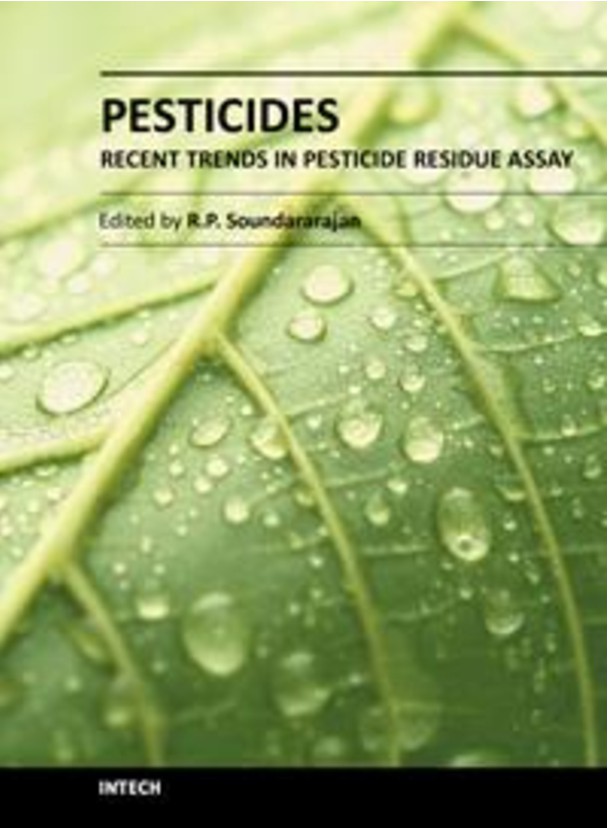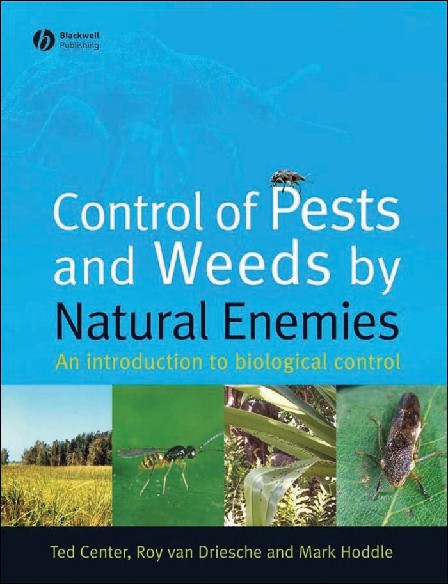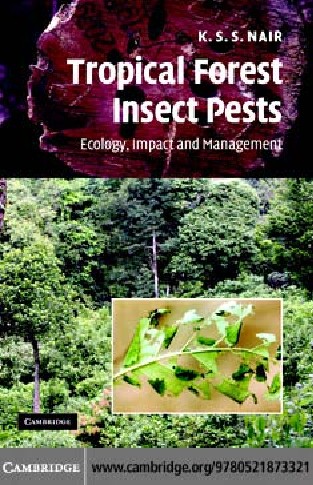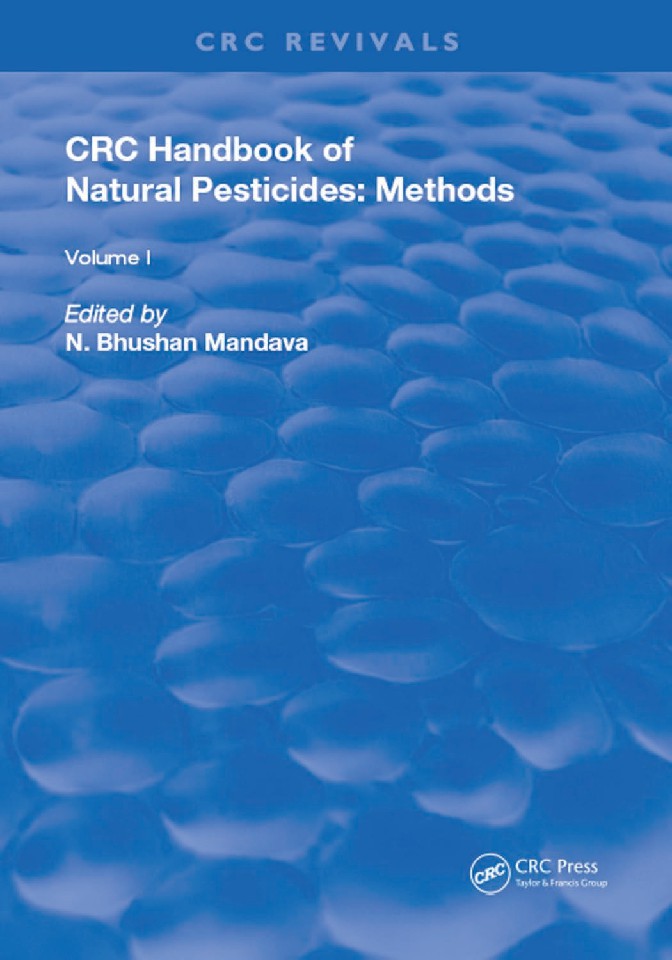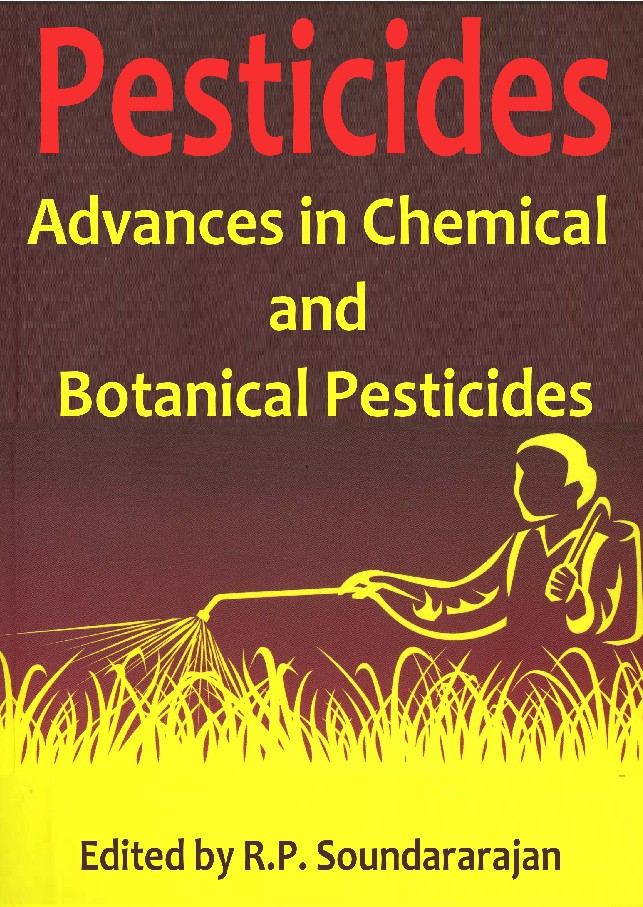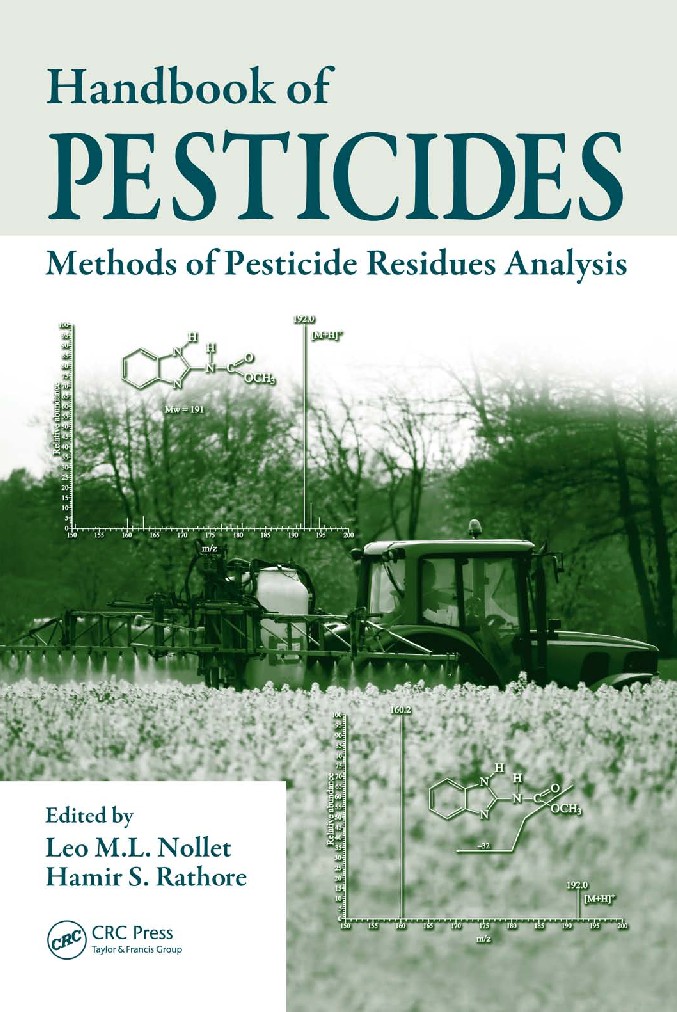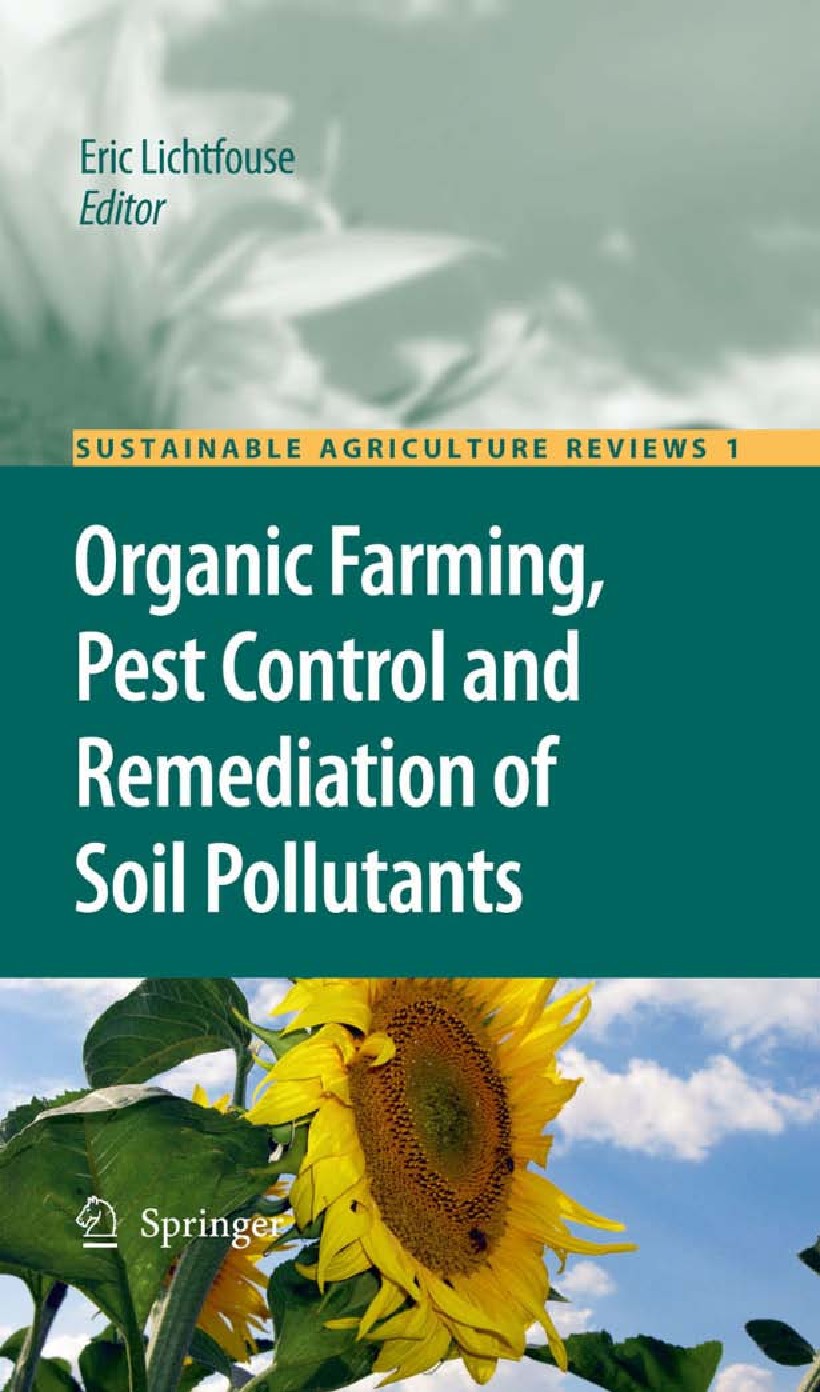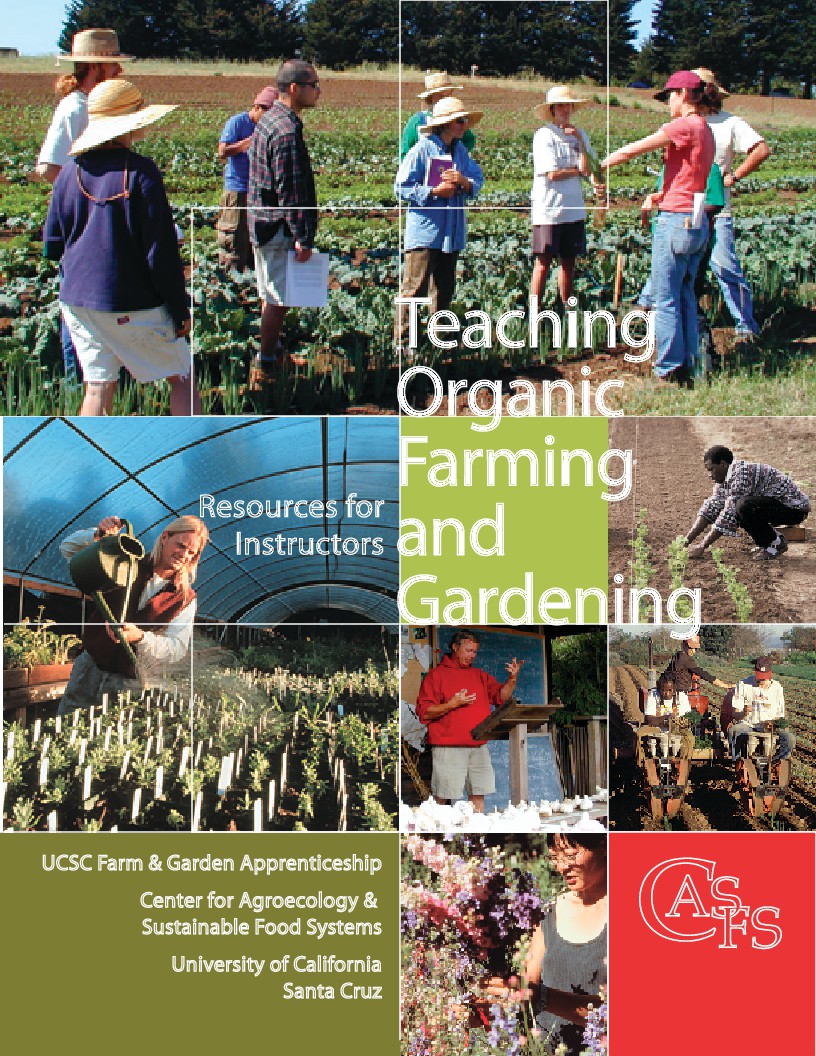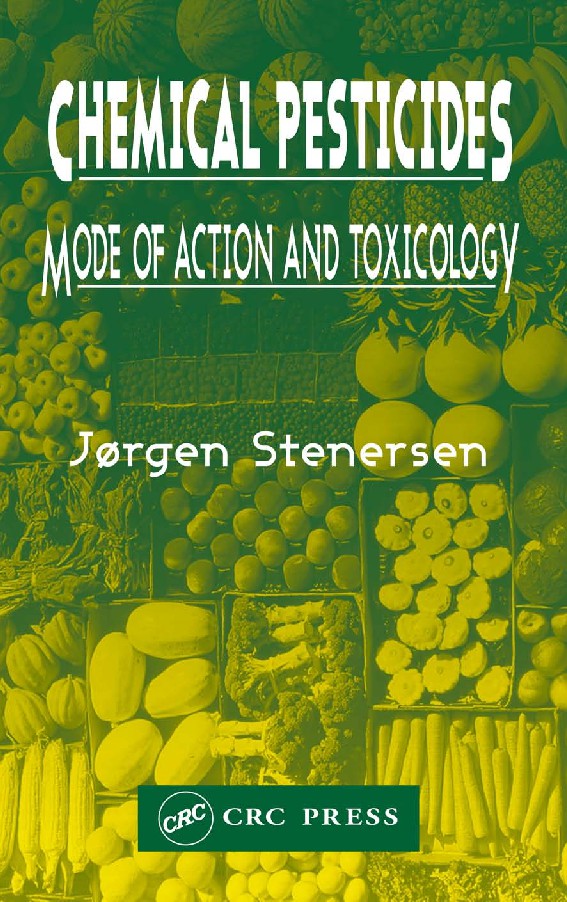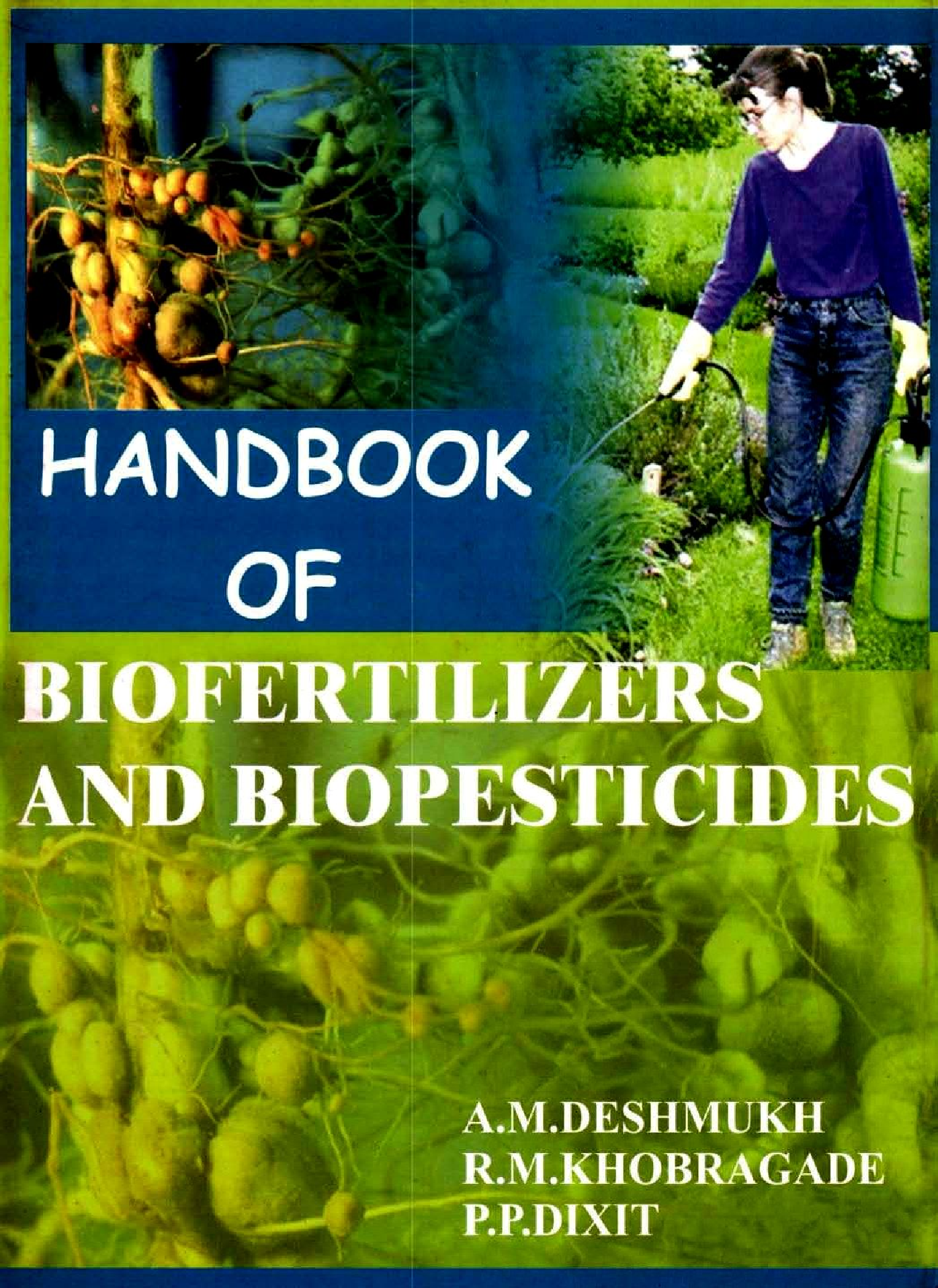Book Details
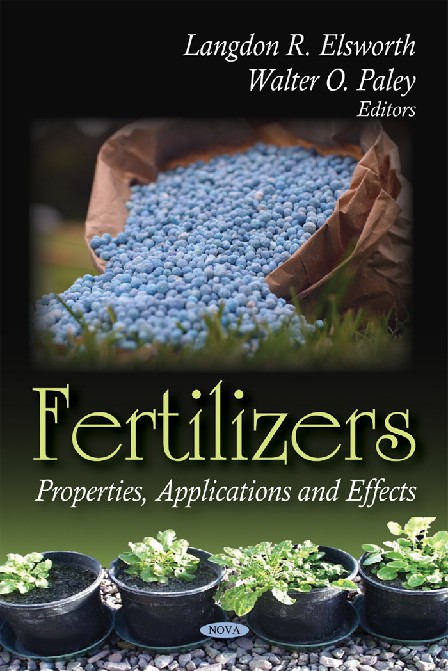
Fertilizers Properties Applications and Effects
Fertilizers are compounds given to plants to promote growth; they are usually applied
either through the soil, for uptake by plant roots, or by foliar feeding, for uptake through
leaves. Fertilizers can be organic (composed of organic matter), or inorganic (made of simple,
inorganic chemicals or minerals). They can be naturally occurring compounds such as peat or
mineral deposits, or manufactured through natural processes (such as composting) or
chemical processes (such as the Haber process).
Fertilizers typically provide, in varying proportions, the three major plant nutrients
(nitrogen, phosphorus, and potassium), the secondary plant nutrients (calcium, sulfur,
magnesium), and sometimes trace elements (or micronutrients) with a role in plant nutrition:
boron, chlorine, manganese, iron, zinc, copper, and molybdenum. This new book presents
recent and important research from around the globe.
Chapter I - Degradation of soil fertility under long term application of inorganic
fertilizers is an increasingly serious problem damaging sustainability of modern agriculture.
Ecological fertilization is proposed to solve the problems caused by the current fertilization
in modern intensive agricultural systems. A rice-ryegrass rotation system established in
southern China is a good example of the ecological fertilization practice. The integrative
ecological benefits of the rotation system, particularly in aspects concerning to growth and
yield responses of paddy rice have been investigated since 1990s. It was observed that the
yields of the subsequent paddy rice in many cases were increased for at least 10% in the
rotation system when comparing to those in conventional rice cropping. Physical, chemical
and biological properties of the paddy soil cropped ryegrass in winter were markedly
improved. The evidences of the improvements were observed in availabilities of nutrients,
soil enzymes activities, soil microbial features, slow-releases of nutrients etc.
Agricultural nitrogen (N) and phosphorus (P) are main contributors of non-point source
pollution to water bodies and often lead to water eutrophication. In the rice - ryegrass rotation
system, compound fertilizers are still applied in both ryegrass and rice cropping processes.
We valuated the environment influences of the applied N and P in the rice - ryegrass rotation
as a model of the ecological fertilization based on the investigation for the patterns of N and
P outflows from the rotation system.
Author: LANGDON R. ELSWORTH
Pages: 285
Issue By: eBook 707
Published: 2 years ago
Likes: 0

